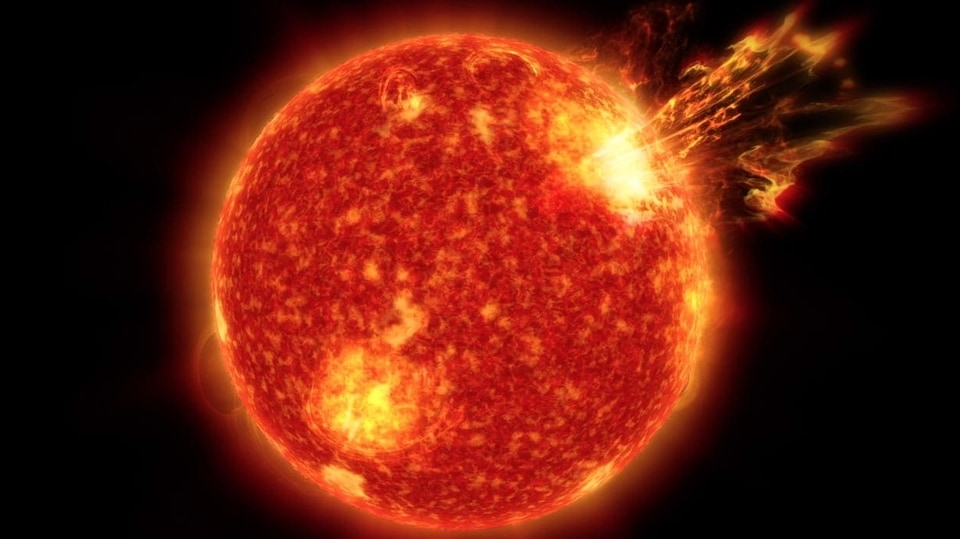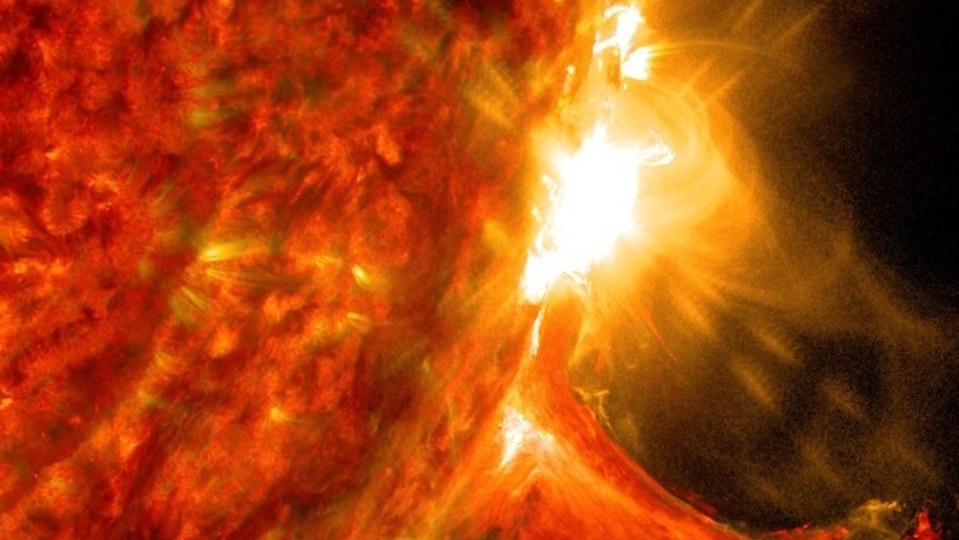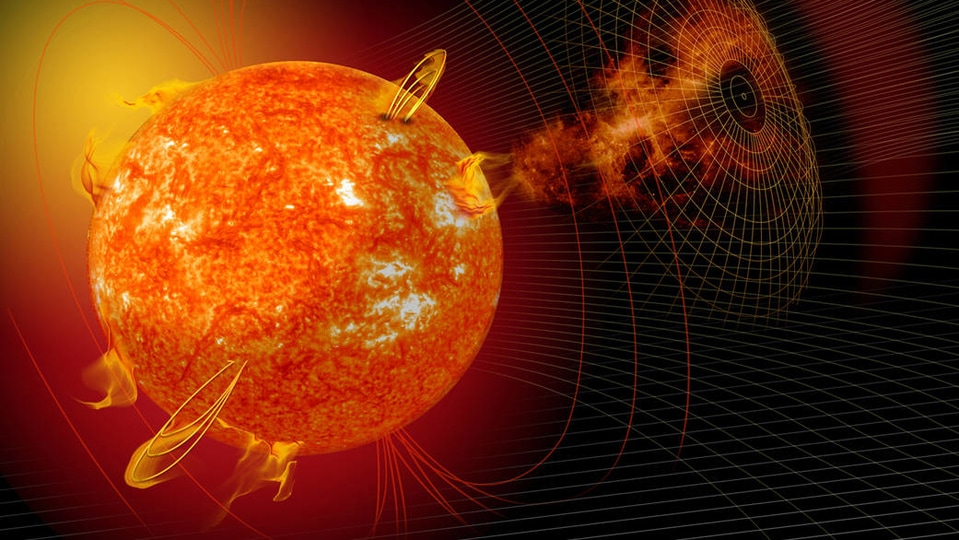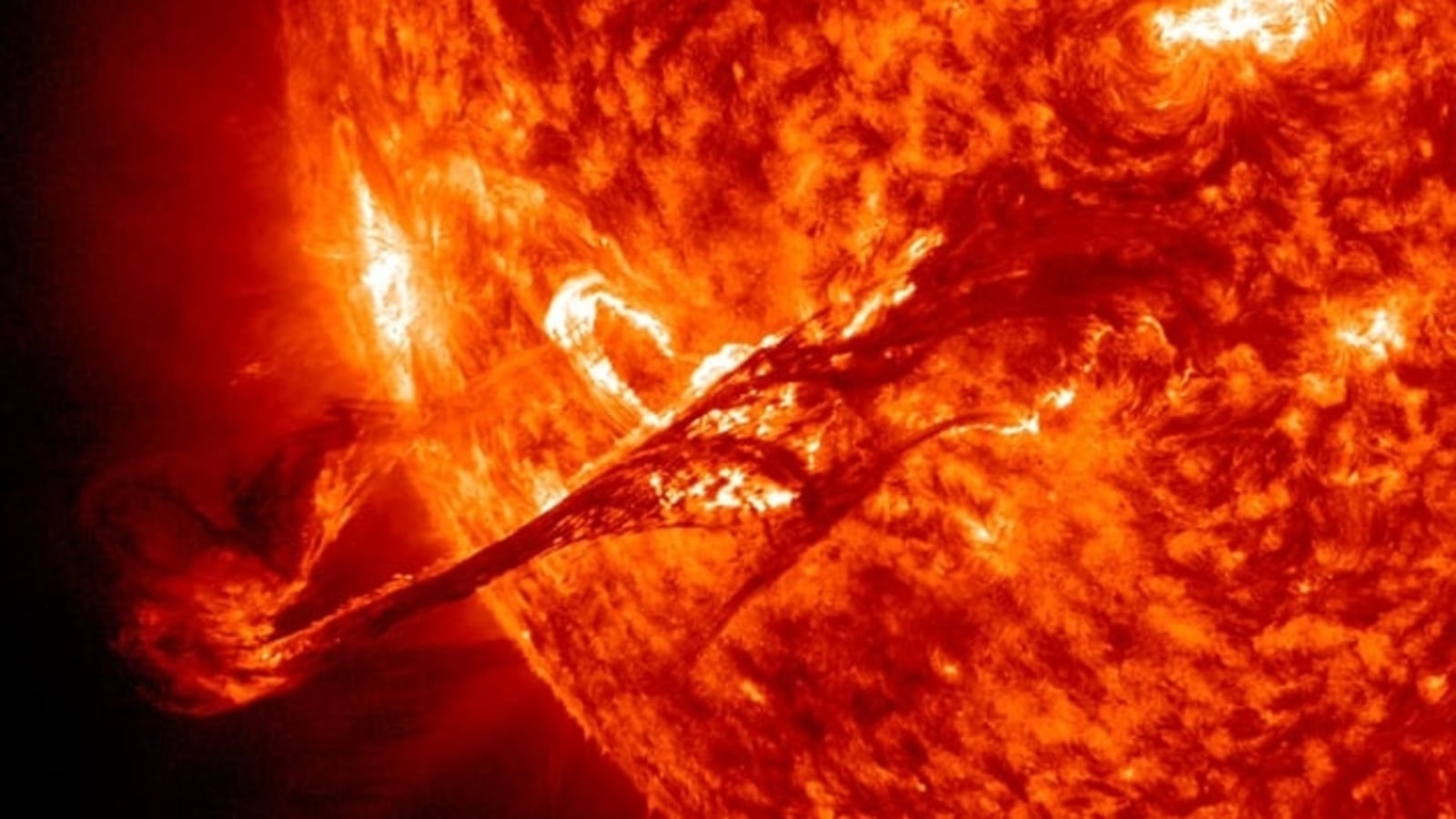Dangerous sunspots could hurl out terrifying M-class solar flares at Earth!
Solar regions are harbouring multiple sunspots which could hurl out M-class solar flares, putting the planet at risk.




_1639373804152_1639373815879.jpg)

 View all Images
View all ImagesRemember the film 2012 which showed the end of the world, as predicted by the ancient Mayan civilisation thousands of years ago? The film's plot was based on the Sun releasing unstable neutrinos due to unusual energy processes in the Sun which were heating up Earth's core. Although this might seem like a terrifying scenario, the science behind the film was questionable. But the threat posed by the Sun is very true. Forecasters have recently discovered multiple sunspots on the solar surface which could hurl dangerous solar flares towards Earth.
Solar flare risk
According to a report by NASA's Solar Dynamics Observatory (SDO), multiple sunspots, named AR3280 and AR3281, have been observed in the solar regions. These sunspots are dangerous as they currently have unstable 'beta-gamma' magnetic fields. Although this solar activity might seem harmless due to the distance of the Sun from our planet, they can cause major damage. Because of the unstable nature of these sunspots, there is a chance of M-class solar flares.
According to NASA, Sunspots are dark areas on the solar surface which contain strong magnetic fields that are constantly shifting and can form and dissipate over periods of days or weeks. As solar flares travel out directly from the flare site, if we can see the flare, we can be impacted by it.
How are solar flares rated?
According to NASA, solar flares are classified according to their strength on the logarithmic scale, similar to how earthquakes are measured. The smallest ones are A-class which occur at near background levels, followed by B, C, M and X. Similar to the Richter scale for earthquakes, each letter represents a 10-fold increase in energy output. So an X is ten times an M and 100 times a C. Within each letter class there is a finer scale from 1 to 9.
Solar observation tech
While many space agencies from NASA with its Solar Dynamics Observatory (SDO) to National Oceanic and Atmospheric Administration (NOAA) keep track of Sun-based weather phenomena, one that particularly stands out is the DSCOVR satellite by NOAA. The satellite became operational in 2016 and tracks different measurements of the Sun and its atmosphere including temperature, speed, density, degree of orientation and frequency of the solar particles. The recovered data is then run through the Space Weather Prediction Center and the final analysis is prepared.
Catch all the Latest Tech News, Mobile News, Laptop News, Gaming news, Wearables News , How To News, also keep up with us on Whatsapp channel,Twitter, Facebook, Google News, and Instagram. For our latest videos, subscribe to our YouTube channel.





























